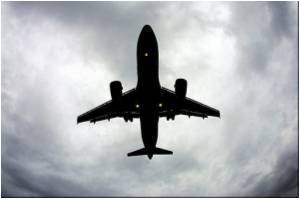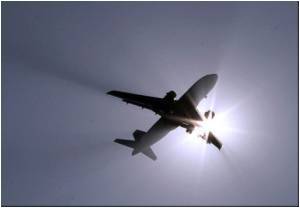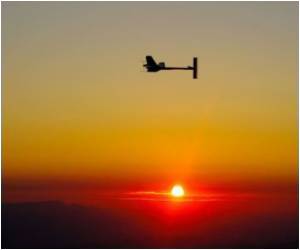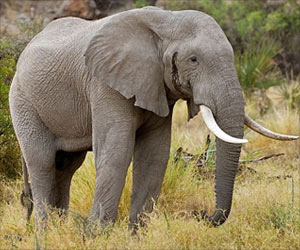Areas near commercial airports sometimes experience a small but measurable increase in rain and snow when aircraft take off and land under certain atmospheric conditions, researchers have found.

The research team used satellite images and weather forecasting computer models to examine how often this type of inadvertent cloud seeding may occur within 100 km of six commercial airports: London Heathrow, Frankfurt, Charles De Gaulle (Paris), Seattle-Tacoma, O'Hare (Chicago), and Yellowknife (Northwest Territories, Canada), as well as Byrd Station in Antarctica. They found that, depending on the airport and type of plane, the right atmospheric conditions typically exist up to 6 percent of the time, with somewhat more frequency in colder climates.
Lead author and NCAR scientist Andrew Heymsfield said this phenomenon likely occurs at numerous other airports, especially in mid- and high-latitude areas during colder months. The key variable is whether there are cloud layers in the vicinity that contain water droplets at temperatures far below freezing, which is a common occurrence.
"It appears to be a rather widespread effect for aircraft to inadvertently cause some measureable amount of rain or snow as they fly through certain clouds," said Heymsfield.
"This is not necessarily enough precipitation to affect global climate, but it is noticeable around major airports in the midlatitudes," added Heymsfield.
The study will be detailed in the journal Science.
Advertisement








